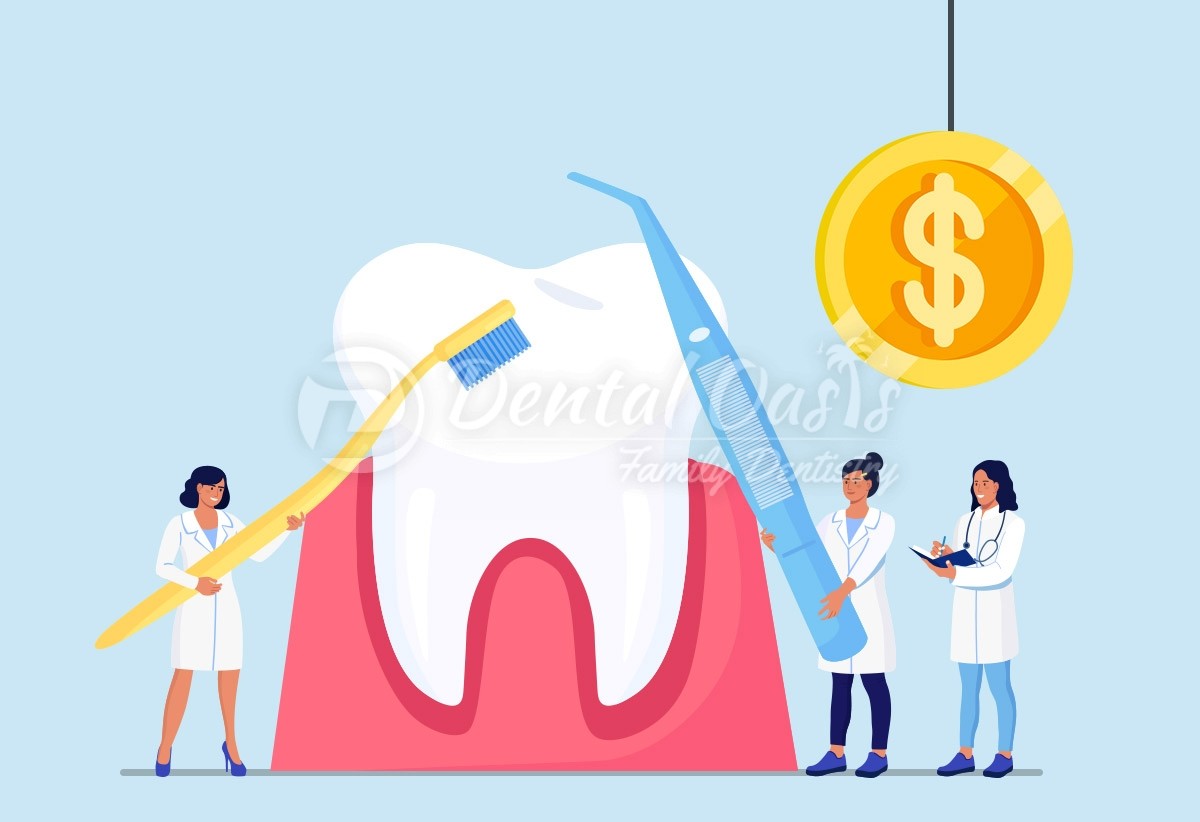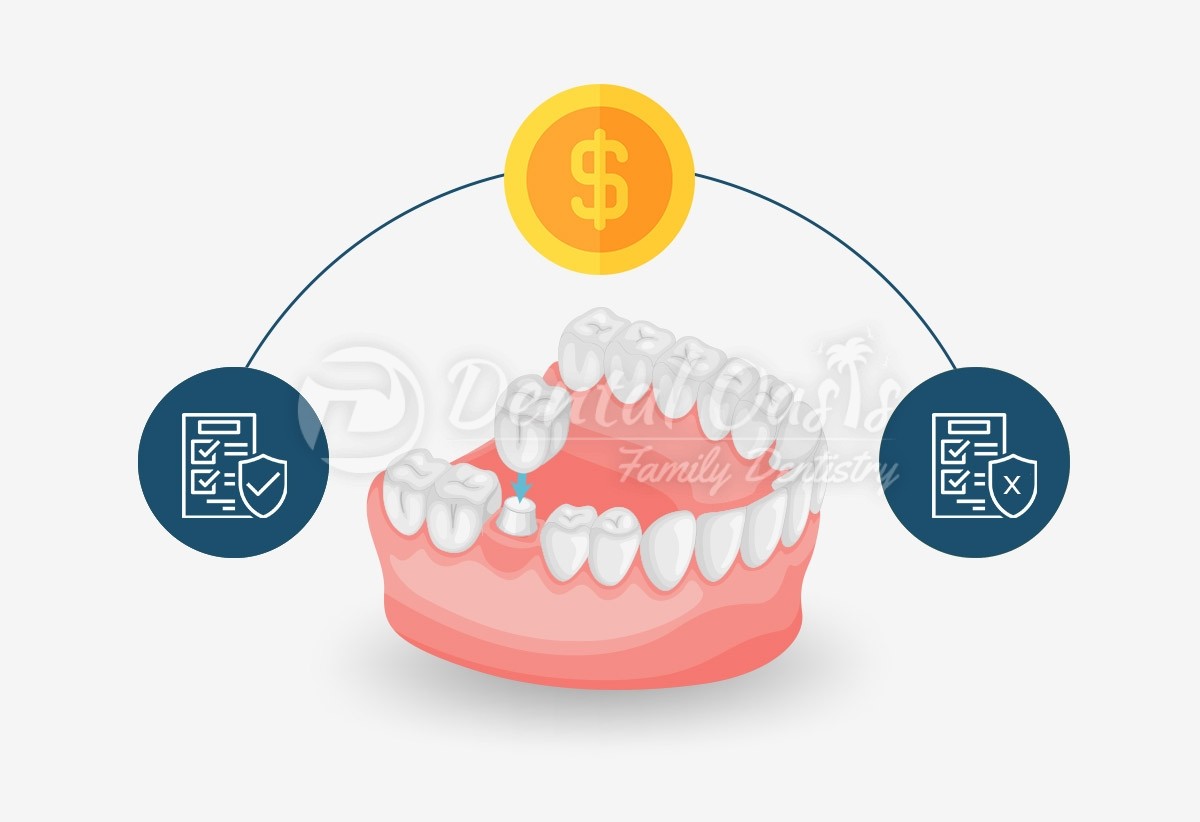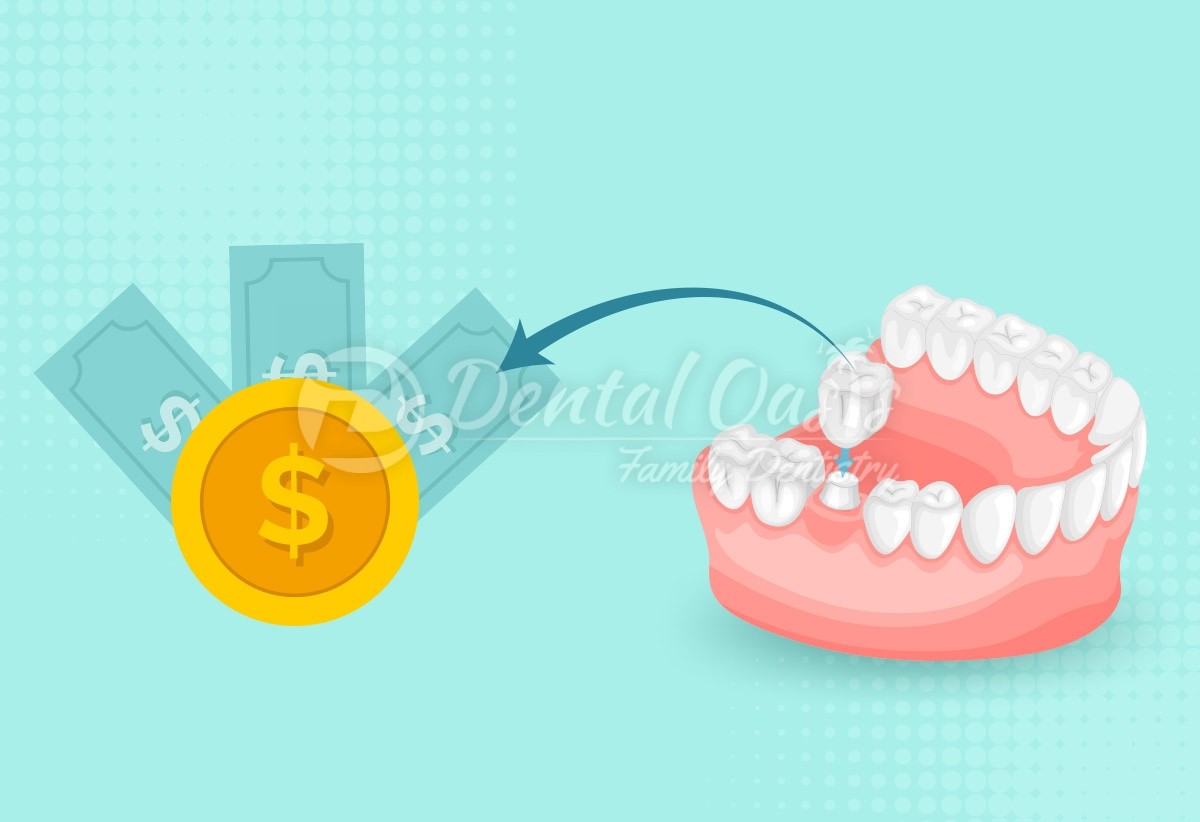How much does an average cost of dental cleaning?

While people are generally cognizant towards their overall health, oral health is often ignored. This is despite the fact that both oral health & overall health are inextricably linked to each other. Among other things, poor oral health leads to accumulation of bacteria, which if it enters the bloodstream can lead to several diseases, some of them even fatal. To take care of your oral health, therefore is imperative. While regular brushing & flossing needs to be an important part of your oral care routine, what is equally important are professional dental cleanings. They offer the following advantages:
- Keep your teeth healthy
- Remove plaque
- Prevent gum disease
- Prevent bad breath
- Keep you in good overall health
- Additionally, your regular cleaning appointments also lead to catching any early signs of oral disease
What Is the Recommended Frequency of Dental Cleaning?
It is generally recommended that dental cleaning be undertaken six monthly. However those who are at increased risk for gum disease may need dental cleaning every three months. Your dentist will be in the best position to recommend the exact frequency depending on your oral condition.
Types of Dental Cleaning
Dental Cleaning can take the following forms:
1. Prophylaxis Cleaning
Prophylaxis cleaning is meant for adults who have healthy teeth & gums who need regular cleanings typically twice a year to remove any plaque that may have formed on the tooth’s surface.
2. Deep Cleaning
With deposition of tartar below the gum line, you will need to undertake deep cleaning that includes scaling & root planning. In its absence you could also contend with bone loss.
3. Periodontal Maintenance
This is recommended to fight progression of periodontal disease. This may be performed every 3 months as recommended by your dentist.
Cost of Dental Cleaning
A routine dental cleaning is known to cost anywhere between $75-200 and averages about $125.
A deep cleaning procedure, however, is more expensive and can range between $500-4,000 depending on the amount of deep cleaning required.
If you have dental insurance, your insurance plan could cover 100% of the costs of at least one cleaning a year.
What Are Some of the Factors That Impact the Cost of Dental Cleaning?
Some factors that affect the cost include:
- The extent of cleaning required as also whether you need regular cleaning or deep cleaning
- Whether or not you have dental insurance
- Location of your dentist
Are There Any Alternatives to Dental Insurance When It Comes to Teeth Cleaning?
In case you do not have a dental insurance plan that can cover your teeth cleaning costs, you could also look out for any in-house preventive dental care plans that your dental clinic may offer.
What Happens If You Do Not Get Regular Teeth Cleanings?
A big fall out of lack of regular dental cleanings is the formation of plaque that can lead to tooth decay & gum disease. In fact, if the plaque isn’t removed it turns into a hard deposit called tartar that inflames the gums & can lead to gum disease such as gingivitis & periodontitis.
Before we get to the average price of dental cleanings, it will be worthwhile to know what a regular dental cleaning entails.
What Happens at a Dental Cleaning Session?
At a dental cleaning session, the dental hygienist will examine your teeth as well as your gum line. Typically, there is plaque buildup on the tooth surface, which is then cleaned using a scaler. If you are health conscious then you should go under a routine dental exam to make yourself aware of your oral health.
Once the plaque is removed, the teeth are polished. At the end, the dentist will undertake a fluoride treatment where a fluoride gel is applied to the teeth that will keep your teeth healthy. The entire cleaning process takes about 30- 45 minutes. The process is pain-free. All you may feel is a mild discomfort.
In case, on examining the gum line, the dental hygienist finds that there is plaque & tartar deposition below the gum line, he will need to undertake deep cleaning. In this process that involves scaling & root planning, each tooth’s root surface is smoothened and the space between the gums and teeth is tightened.
Of course, in between cleanings you need to take care of your oral health by ensuring you brush your teeth twice daily with a fluoride toothpaste. Your teeth also need to be flossed every day. Additionally the use of a mouthwash is recommended.
Is Dental Cleaning Worth the Cost?
Irrespective of whether you are covered by a dental insurance plan, it is important to remember that dental cleanings are imperative. There is a tendency to regard it as a vanity procedure or sometimes to even think that cleaning is something that you can undertake on your own. The fact remains that regular teeth cleaning remains an important aspect of your overall health and is totally worth the cost. In fact, if you do not undertake regular teeth cleaning you may need to contend with a lot of health issues oral and otherwise that will cost you not only money but also your peace of mind. Prevention, as they say, is always better than care.
If you are living in the nearby area of Pleasanton, then you should contact Dr. Sharda Patel. At dental oasis family dentistry, Dr. Patel will check your overall oral health and will also guide you to make your oral health better. You can schedule a dental appointment for your routine dental exam and for dental cleaning too.







